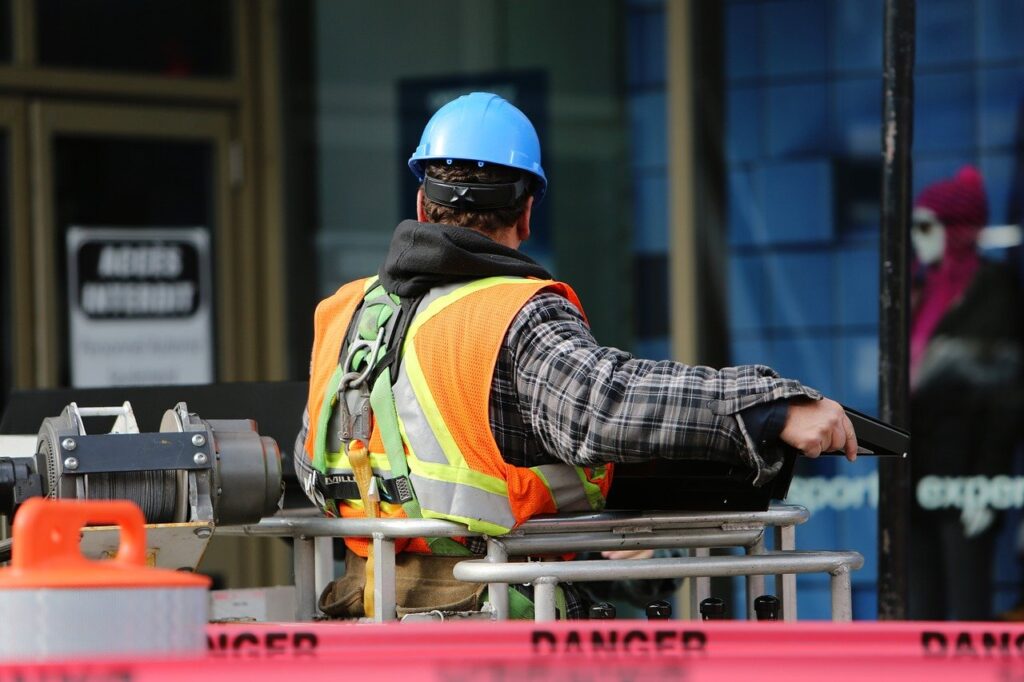The abrasive industry involves a lot of different products that can sometimes be hard to differentiate. Sandblasting and shot blasting (grit blasting) are commonplace when it comes to producing finished products. Both of these cleaning methods serve “almost” the same purpose while employing different underlying techniques.
In a nutshell, compressed air is used to carry out sandblasting, whereas shot blasting uses mechanical or centrifugal force at its core. This article will cover further differences between these techniques so that you can pick the suitable one for your purpose.
What is Sandblasting?
This technique has been used for over 100 years and is more common in the abrasive industry. In this process a high-pressure stream is directed at the surface to provide sandblasting coating using compressed air. As the name reflects, sandblasting typically involves sand as an abrasive media, but this material choice has its pitfalls. For instance, certain properties of sand, like moisture content and contamination, could negatively impact the overall effectiveness of the process.
Therefore, new materials (finely crushed recycled glass) and enclosure environments get utilized to make the process more user-friendly. This technique is your best bet when you have soft or sensitive materials to be processed for finishing.
What is Shot Blasting?
Taking a far more aggressive approach than sandblasting; shot blasting is carried out in a strictly contained environment using mechanical or centrifugal force. Large-scale projects are usually preferred for this abrasive method due to the significant force it employs to provide the finish.
Shot blasting entails a wide range of abrasive materials, such as steel, plastic, glass, and even aluminum oxide. Arranging proper confinement is crucial to carry out grit blasting because of the blasted shots’ sheer force involved.
So, which one should you pick? Sandblasting or Shot Blasting
Although there’s no hard and fast rule to deem one of these abrasive techniques as superior, some aspects can help you decide. Let’s go through their individual properties to better narrow them down to a suitable method.
Sandblasting
● Because of the relatively lesser application force involved, this technique is far more forgiving. Thus, it is a perfect fit for soft and sensitive materials like glass or organics.
● Arranging containment is not a steadfast requirement in sandblasting as this process is less invasive, reducing collateral damage.
● Sandblasting is less expensive than its grit counterpart.
● It is actively used to improve the surface before painting or coating.
Shot blasting
● Thanks to the massive application force it necessitates, shot blasting is highly effective for deep abrasive penetration.
● Shot blasting is often slower as well as more expensive than sandblasting.
● Rust or corrosion can be effectively eliminated using shot blasting while employing eco-friendly materials.
Both of these techniques have their advantages and disadvantages, and you’ll need professional assistance to make an informed decision.
Get in touch with the professionals from Belli Maintenance when you’re looking for the best abrasive techniques. Call us at (860) 642-4692 500, and our professionals will promptly explain whether you should go for shot blasting or sandblasting.

